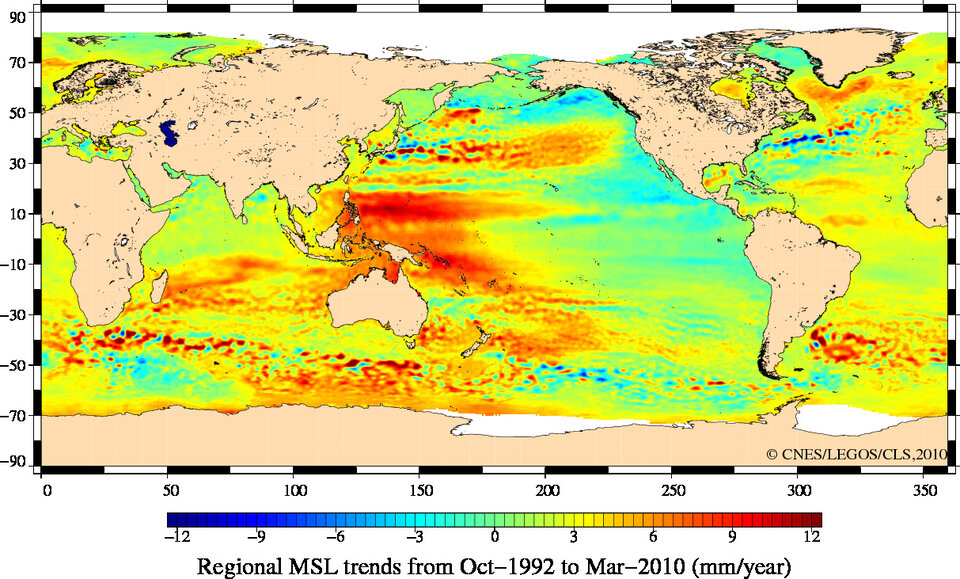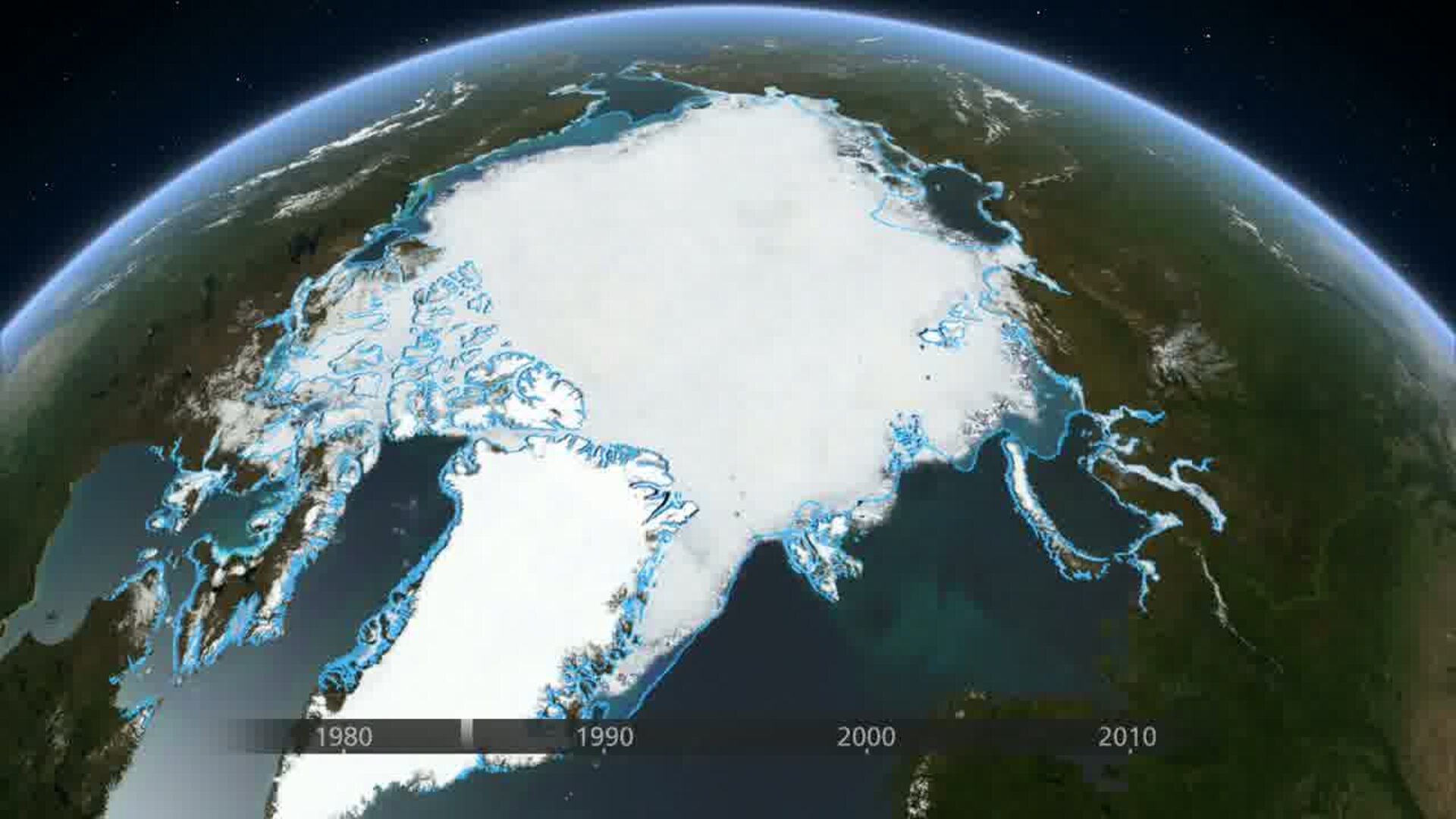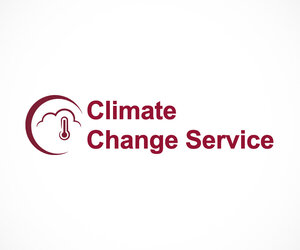Climate services
The Copernicus Climate Change service aims to respond to environmental and societal challenges associated with climate variability and anthropogenic climate change. The service will give access to information for monitoring, predicting and attributing climate change and will help improve adaptation and mitigation policies.
The service will benefit from a network of observations, both from in situ and satellite sensors, and modelling capabilities. Moreover, the service will provide access to several climate change indicators such as global temperatures, sea-level and ice cover, along with climate impact indices such as those based on records of temperature, precipitation and droughts.
The service will capitalise on a series of projects developed within the Framework Programmes 6 and 7 (FP6/FP7), funded by the EC, and on ESA’s GMES Service Element (GSE) projects as well as the ESA’s Climate Change Initiative (CCI).
The service is still in the development phase and is supported, more specifically, by the 2013 FP7 Space call related to climate modelling and observation analyses.
In the near future, the service will be also supported by data and products from the Sentinel satellites. All missions will contribute to building comprehensive, long-term datasets of some of the essential climate variables.

In particular, Sentinel-1 will provide all-weather, day-and-night estimates of soil moisture, wind speed and direction, sea ice, continental ice sheets and glaciers.
Sentinel-2 will contribute with large swath, frequently updated measurements of land cover, snow cover, rivers and lakes, glaciers and ice caps.
Sentinel-3 will provide global, continuous observations of sea and land surface temperature, sea level, cloud top heights and cloud cover.
Sentinel-4, -5 and -5P will measure methane, ozone and other long-lived greenhouse gases as well as aerosols.
Policy makers will gain a wealth of reliable information to help them better quantify the risks and opportunities linked to climate change and thereby better plan future climate policies supporting improved quality of life for European citizens.







